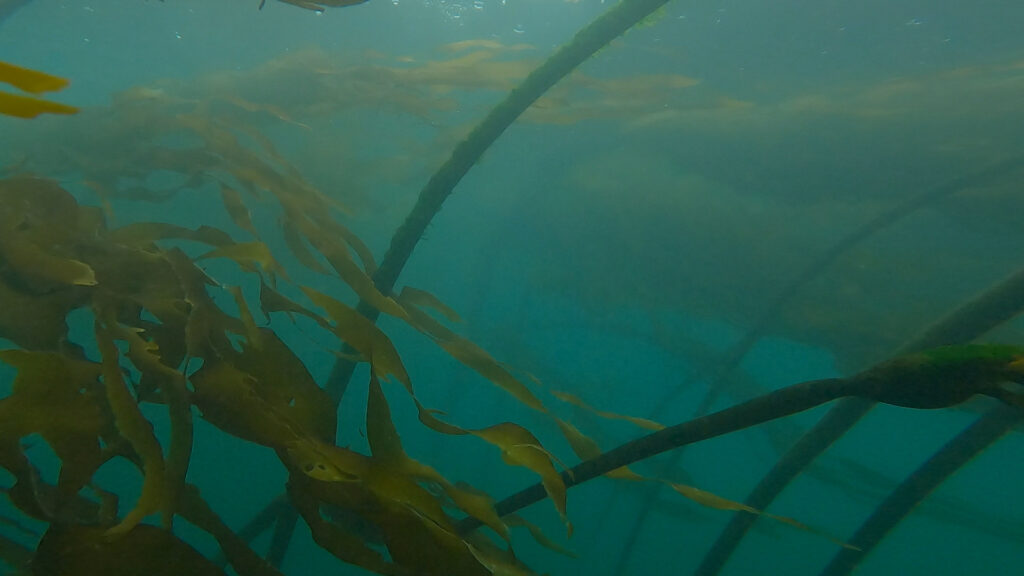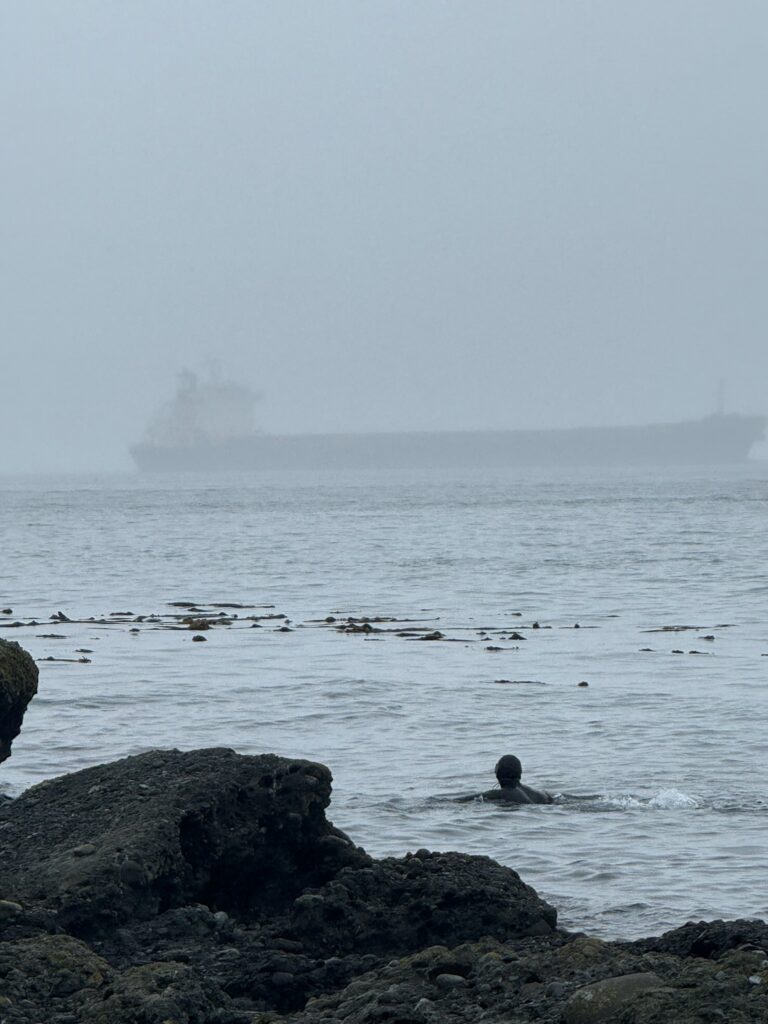Outdoor EDtech Pursuits
Outdoor Education and EdTech might seem like opposite ends of the spectrum, one based in hands on experinece and physical activity the other in screens and digital tools, and inherently non physical. However when used thoughtfully, I believe it can enhance our connection to our environment and extend our learning and understanding of nature by documentation, analysis, interpretation, and discusssion. Further, combining these topics might
In recent weeks, Ive had the oppourtunity to take part in several outdoor trips, including free diving and surfing. During one dive in off the coast of Pender Island, I began to think of ways we could use technology in the outdoors, to extend learning in the classroom. Examples of tools might be blogs, mobile devices, and cameras and GPS devices to collect data, document findings, and access information in real time.


Attached is a picture of me in a kelp forest, a distinctive environment that is “phyletically diverse, structurally complex and highly productive components of coldwater rocky marine coastlines” as stated by Robert S. Steneck, a professor of marnie sciences. Composed of swiftly growing brown algae, the West Coast kelp forests are a vital ecosystem that supports the homes of many different species, ranging from Sea urchins to larger keystone species like Sea Otters and Octopus.
Attached to the left, is a picture of a West Coast Kelp Crab (Pugettia Producta), one of the animals I saw when we went diving, and just one of the species native to kelp beds from Alaska to California. These crabs are identifyiable by their shield shaped backs, and are greenish/yellow when young, and brown or red as an adult. I stumbled across a large number of these guys while swimming through the kelp forest!
They are commonly found clinging to kelp and seaweed, camoflaging their brown shells with the brown bull kelp to keep hidden from larger predators, like sea otters or gulls.
To the left is a Sea Otter (Enhydra Lutris), one of the “keystone species” of the west coast kelp forests, meaning their presence is critical to how an ecosystem functions! Kelp forests and Sea Otters have a symbiotoic relationship. “The forest provides habitat and food for the otters, in exchange for protection from their strongest predator- Sea Urchins” (Kim Bricker, 2024). Without the otters, the urchins would overgraze and could destroy entire kelp forests.
Experiencing all these amazing relationships first hand made me realize how beneficial it might be for students to observe these interactions through technology. For younger learners it could mean using apps to identify local species, exploring virtual dives to see exotic marine life up close, or simply just making connections with pictures and videos and discussing in class. Todays learners are already surrounded with technology, so using it as a tool to foster curiosity, exploration and research, as well as the inherent physical demand that
Further, it also made me reflect on how important it is for students to experience our natural world- exploring the complex relationships between animals and their environments. In turn, this can help them understand the importance of treating mother nature with care and recognizing that humanity is just one part of a larger ecosystem, where all species depend on one another to live in balance.

